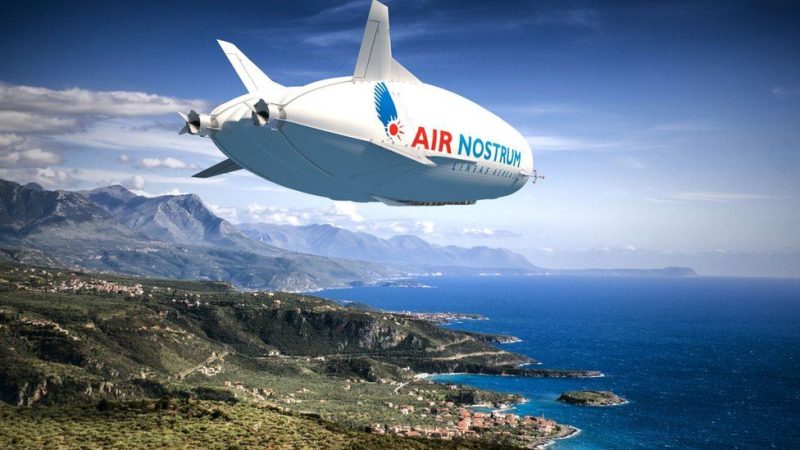The Spanish airline Air Nostrum also wants to become an airship company in the future, because it announced that it wants to buy ten Airlander-10s. These are to be stationed in Valencia and serve destinations in the immediate vicinity from there.
The semi-rigid airships have a capacity of around 100 passengers and can travel at a top speed of up to 130 kilometers per hour. It is well known that airships do not fly, they drive. This distinction is historical and dates back to the golden era of airship travel, which was then dominated by zeppelins manufactured in Germany.
If the project announced by Air Nostrum is actually implemented, the first Airliner 10, which is to be built by the British company Hybrid Air Vehicles, should be on the road from 2026. The concept is not new, but there has been no significant progress so far. The declaration of intent by the Spanish airline is therefore considered an important milestone.
The manufacturer claims that the airships' carbon dioxide emissions are up to 90 percent lower than those of short-haul aircraft. Furthermore, there is a high degree of flexibility, because one mast is sufficient for mooring. It should even be possible to moor on the water, but that's not serious news, because Ferdinand Graf von Zeppelin didn't initially build his airships on Lake Constance, but on Lake Constance. Background: The ground on the water did not cost anything, so a floating shipyard was built and anchored. Since then it has been known that airships can take off and dock from the water.
It remains to be seen whether Air Nostrum will indeed become the first line operator of airships of a new era. The Deutsche Zeppelin Reederei offers round trips with the Zeppelin NT, but no scheduled trips. In the past, zeppelins like the LZ127 Graf Zeppelin were even used in transatlantic traffic. The named airship is considered the most successful of all time. The successor LZ129 Hindenburg went down in history because of the Lakehurst fire disaster, which heralded the end of the German rigid airships. This accident could have been avoided, because the Hindenburg should have been filled with non-flammable helium. Due to the political situation, the USA refused to deliver it, so that - as with all other Zeppelins before - hydrogen was used.







 trail (for them it's free to use)
trail (for them it's free to use)